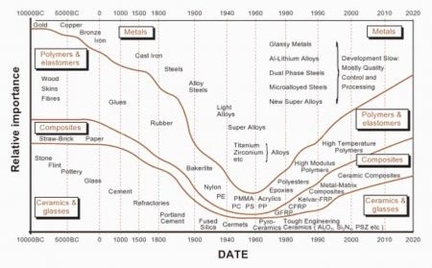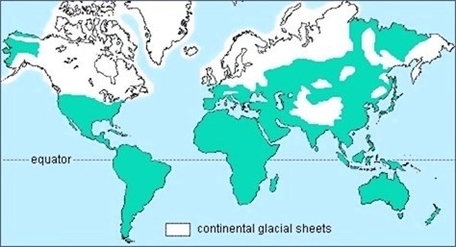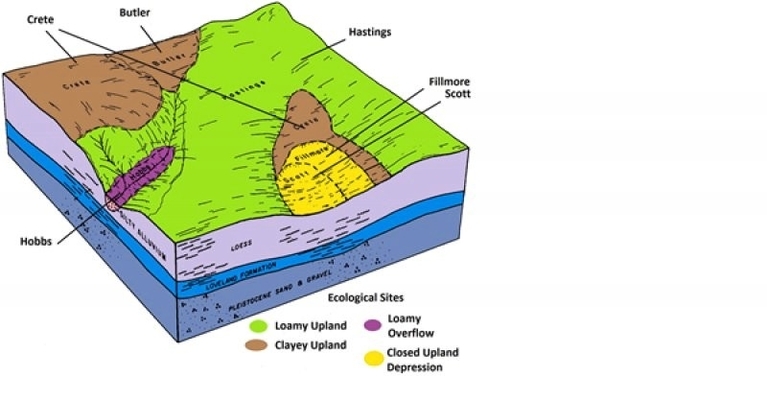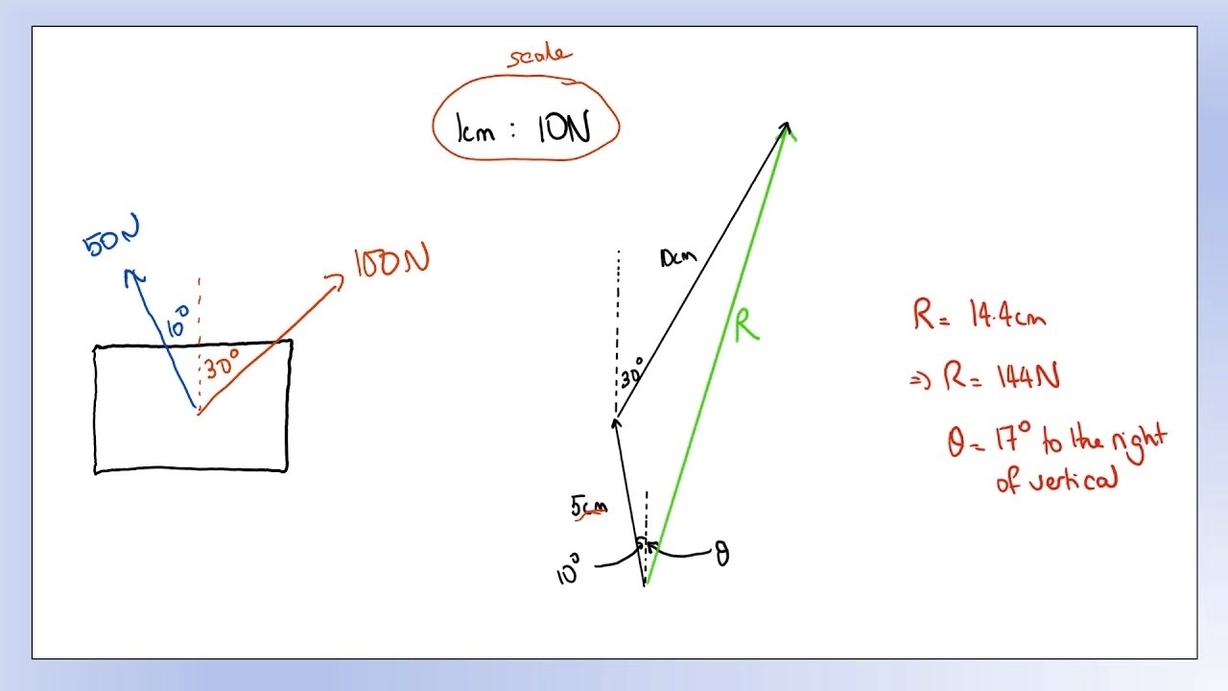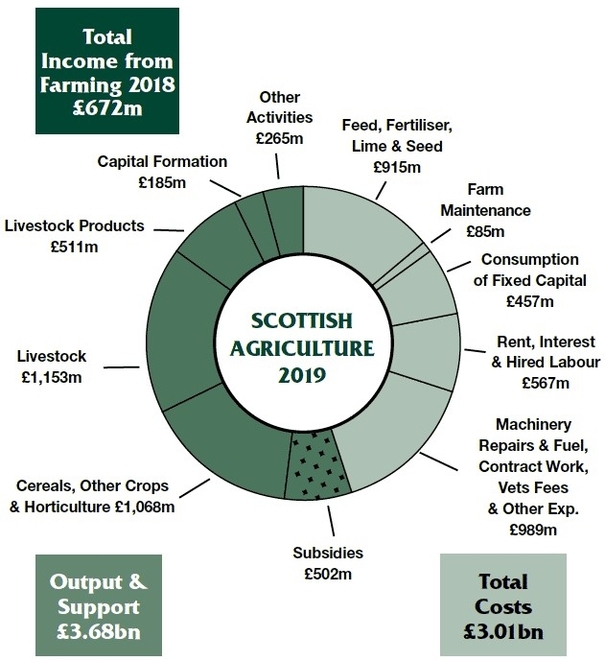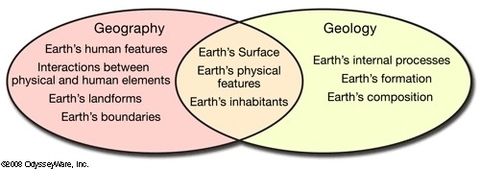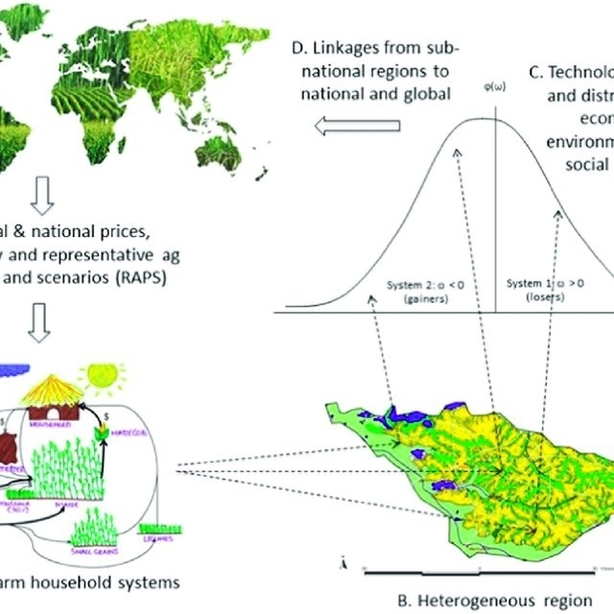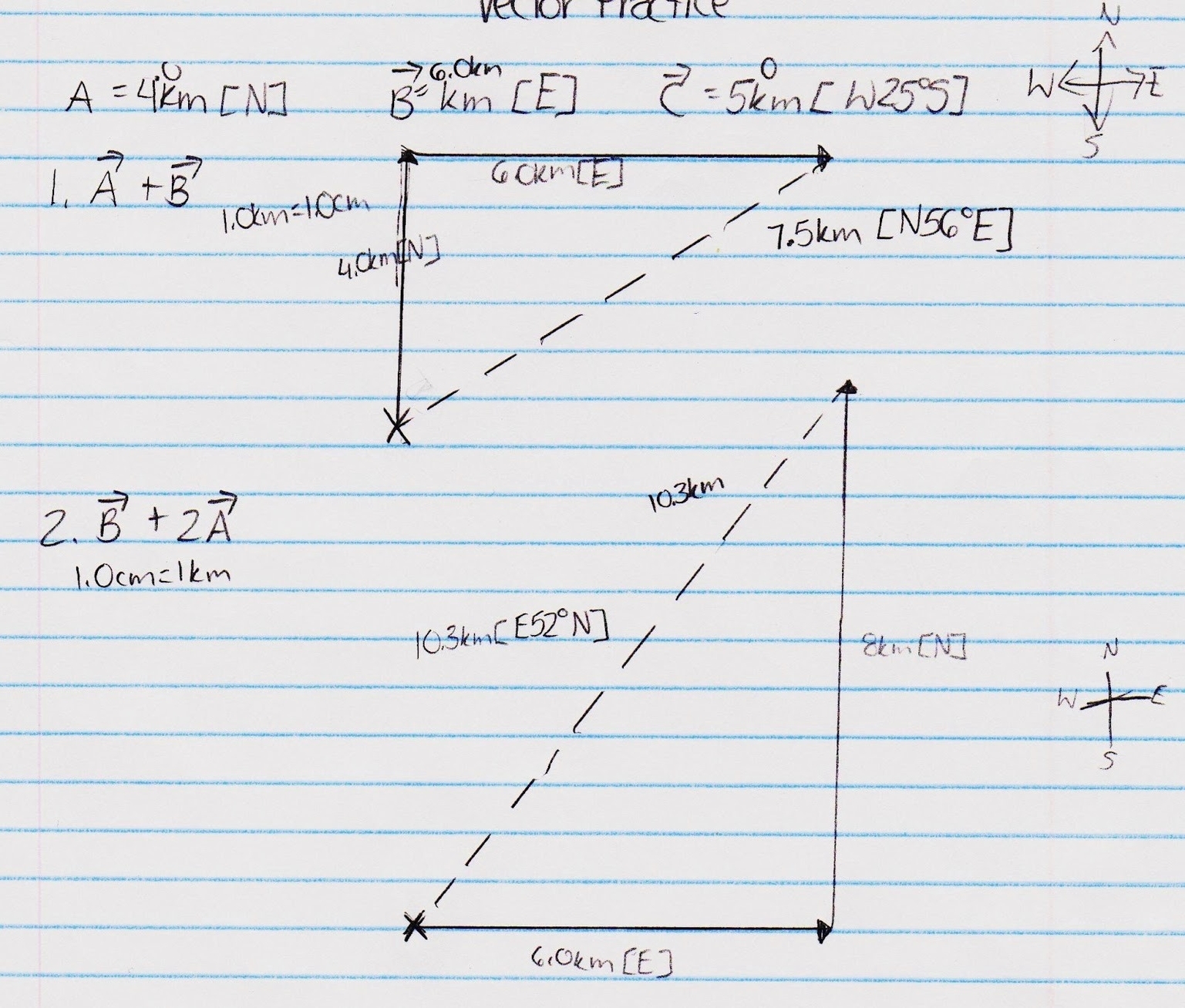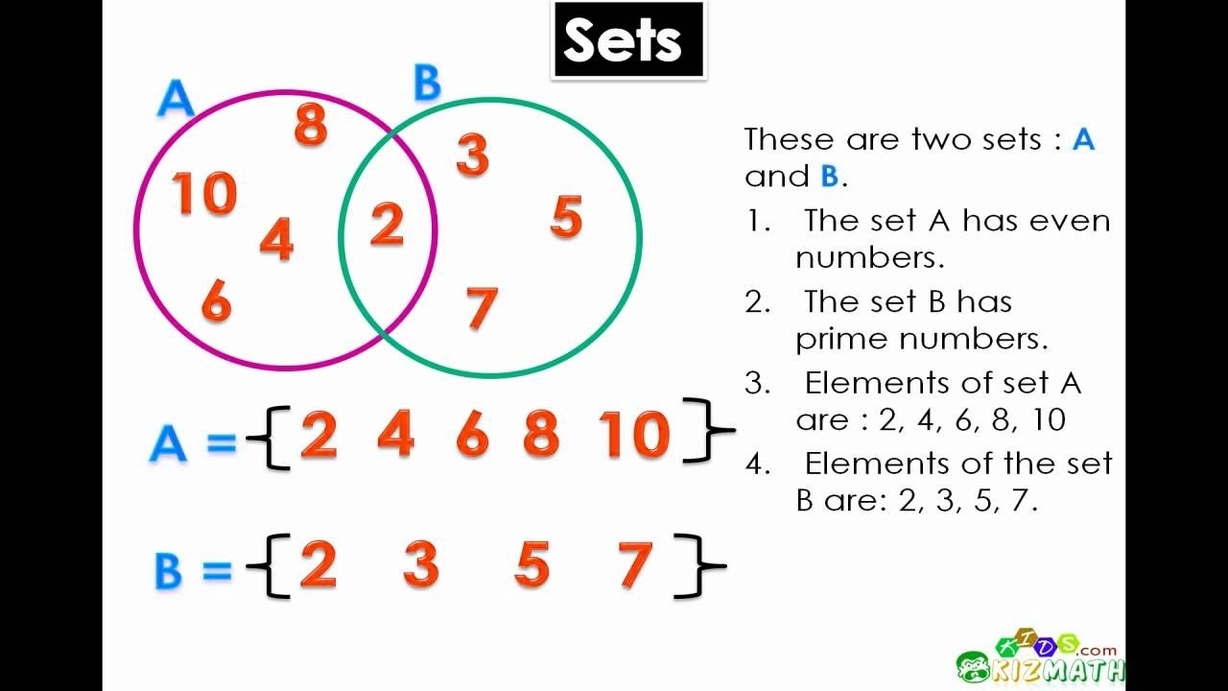Chopped composites are a type of composite material that are made up of short fibers that are randomly oriented and held together by a matrix material. The schematic of a chopped composite is shown in the figure below.

The fibers in a chopped composite are typically made of glass, carbon, or aramid, and are usually between 0.1 and 0.5 inches in length. The matrix material can be made of a variety of materials, including thermoplastics, thermosets, and metals.
Chopped composites have a number of advantages over other types of composite materials. For example, they are relatively inexpensive to produce, and can be made in a variety of shapes and sizes. They are also lightweight and have good mechanical properties, such as high strength and stiffness.
One of the challenges with chopped composites is that the orientation of the fibers is random, which can lead to anisotropic properties. This means that the properties of the material can vary depending on the direction in which it is loaded. To overcome this challenge, researchers have developed models to predict the mechanical behavior of chopped composites.
In summary, chopped composites are a type of composite material that are made up of short fibers that are randomly oriented and held together by a matrix material. They have a number of advantages over other types of composite materials, but also present some challenges due to their anisotropic properties. Researchers have developed models to predict the mechanical behavior of chopped composites.
